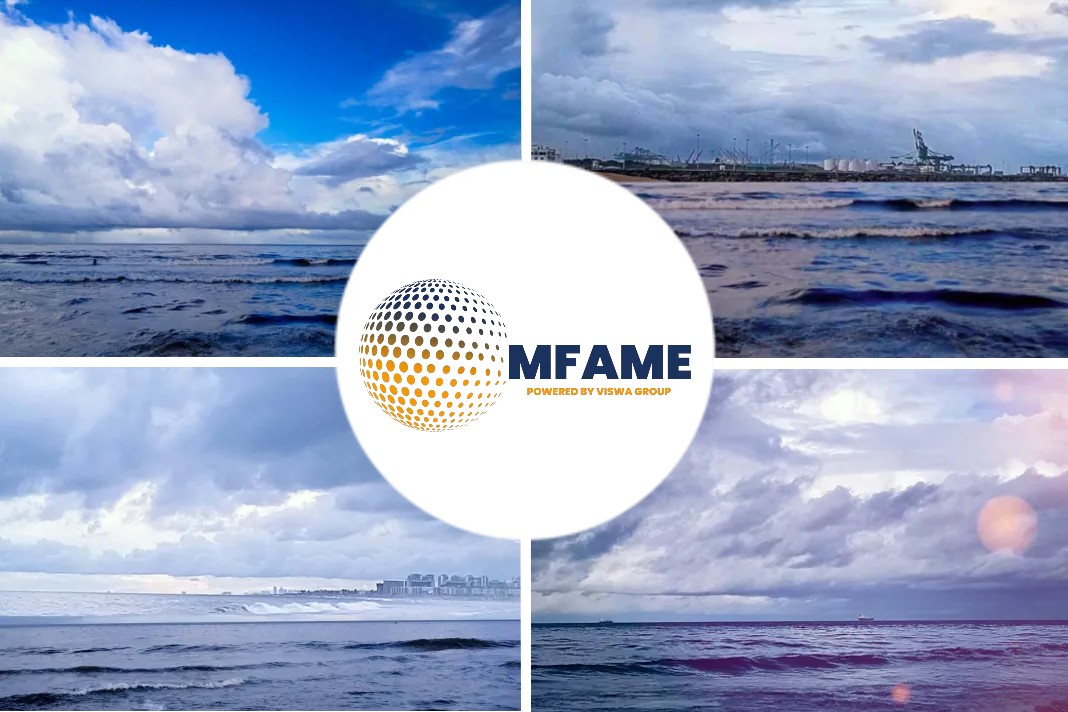- George Steer and Valentina Romei recently drew consideration to the surge in transport prices on key routes comparable to east Asia to northern Europe.
- The place the value of transport a typical 40ft container has soared from about $2,000 in November to greater than $9,000 at the beginning of this yr.
- Throughout the summer season, costs on the route from east Asia to the US West Coast virtually trebled from about $1,500 per container.
- It is recognized within the trade as forty-foot equal items, or FEU — within the spring to about $4,000 per FEU by the autumn.
A recent news article published in the News07trends reveals why the shipping costs have increased and why it is to be short-lived.
Increase in prices
With global trade in goods now again at its pre-pandemic stage, ought to we count on costs to proceed to rise at tempo?
In making an attempt to reply that, it’s price mentioning that the will increase should not simply right down to the pandemic.
There are underlying causes which have been years, even many years, within the making.
A peep into the past concerning container costs
There has lengthy been an oversupply of area on container ships. That, as the principles of economics dictate, has led to a collapse in costs.
On the nadir, within the spring of 2016, it price as little as $162 per FEU on the route from east Asia to northern Europe.
This hunch prompted a wave — excuse the pun — of mergers and acquisitions and alliances as transport strains sought to keep away from the destiny of South Korea’s Hanjin, which filed for bankruptcy in 2017, by pooling their sources.
The trade has consolidated to some extent the place three alliances now control about 85 per cent of capability on the transpacific route and virtually all capability on the east Asia to Europe commerce lanes.
Key commerce routes dwindle
With strains money strapped and competitors missing, the standard of the service on key commerce routes has dwindled.
“These transport routes are the arteries of world commerce. However the infrastructure has grown worse and worse till we have come to the purpose we see at this time, the place we’ve seen log jams within the system and freight charges immediately shoot up,” says Patrik Berglund, chief government of Xeneta.
“The pandemic created the right storm for the carriers, with an urgency to chop capability when it began, adopted by hovering cargo volumes and a subsequent capability and tools squeeze from the third quarter onwards — pushing large volumes on sky-high charges.”
Once upon a time, its consumers’ market
An oversupply of capability had created a consumers’ market through which producers or retailers held the ability to cancel contracts on the final minute if financial circumstances meant they might not fill the container area they’d purchased.
What’s to cease liners now turning the tables and benefiting from upswings in commerce cycles by providing much less area on a contractual foundation, after which charging a premium when a producer or retailer has extra items to ship than they’d anticipated?
Certainly, that is precisely what classical economics forecasts will occur in an oligopolistic trade, comprising solely a handful of corporations.
Rates stabilize
After capturing up over the course of the summer season, costs on the east Asia to US West Coast route have largely stabilized at round $4,000 per FEU.
The rationale: the Chinese language authorities.
Merely put, when transport strains win, exporters lose.
And for the large Asian economies, reliant on commerce surpluses and afraid of European and US corporations reshoring post-pandemic to locations comparable to Turkey and Mexico, that’s clearly dangerous information.
CMA CGM, one of many world’s greatest transport corporations, admitted in November that China’s ministry of transport had put stress on them to maintain a lid on costs.
Chinese authorities exert pressure to control container costs
“The authorities in China — and in different Asian economies — have already exerted stress on transport corporations to not let costs shoot up an excessive amount of. They’ll proceed to do this — they’re too frightened about reshoring to not achieve this,” says Berglund.
“And if costs keep as excessive as they’re, we’ll see new entrants — which in flip will drive down prices by growing competitors.”
In the end, container transport prices will depend upon world attitudes in direction of commerce.
Did you subscribe to our daily newsletter?
It’s Free! Click here to Subscribe!
Source: News07trends


























